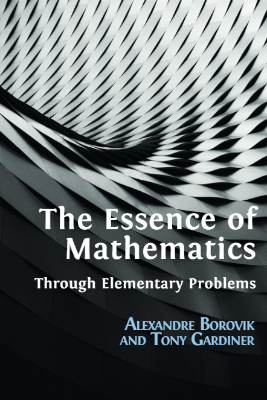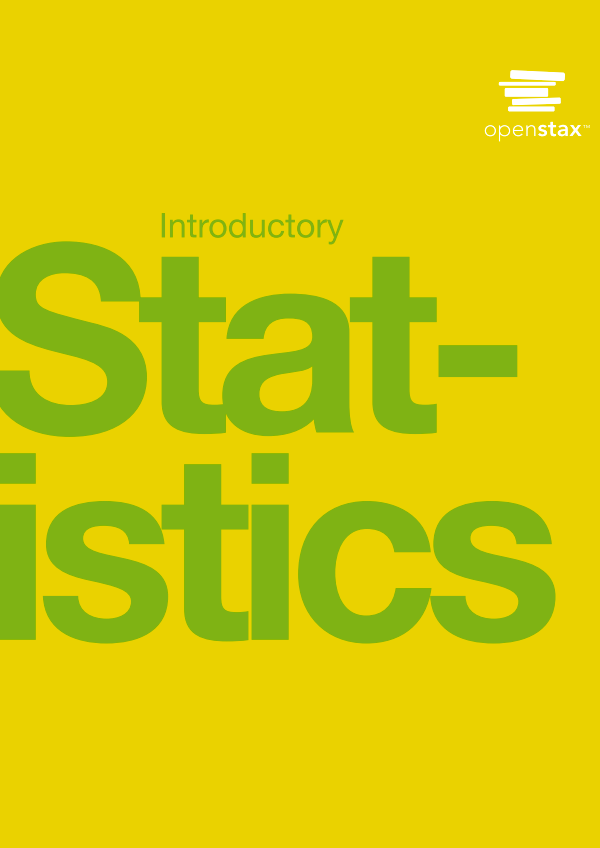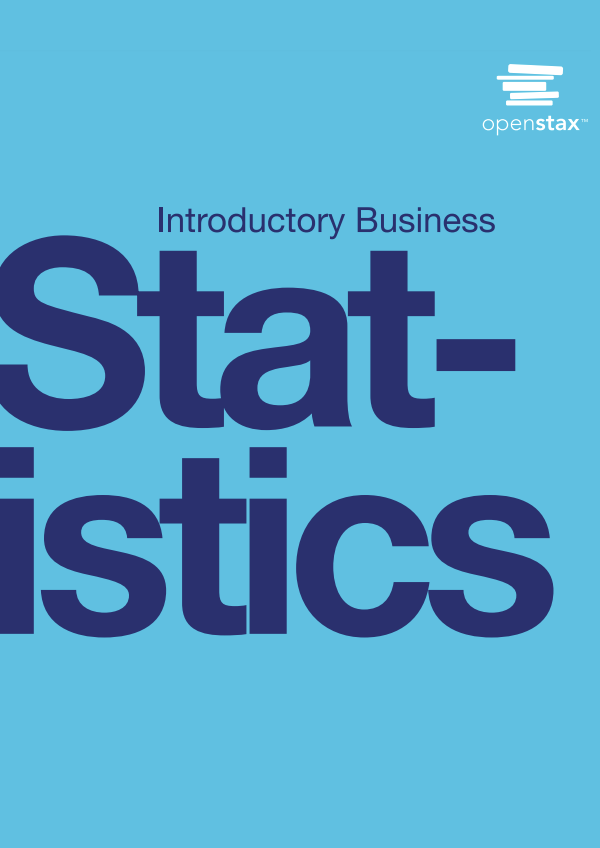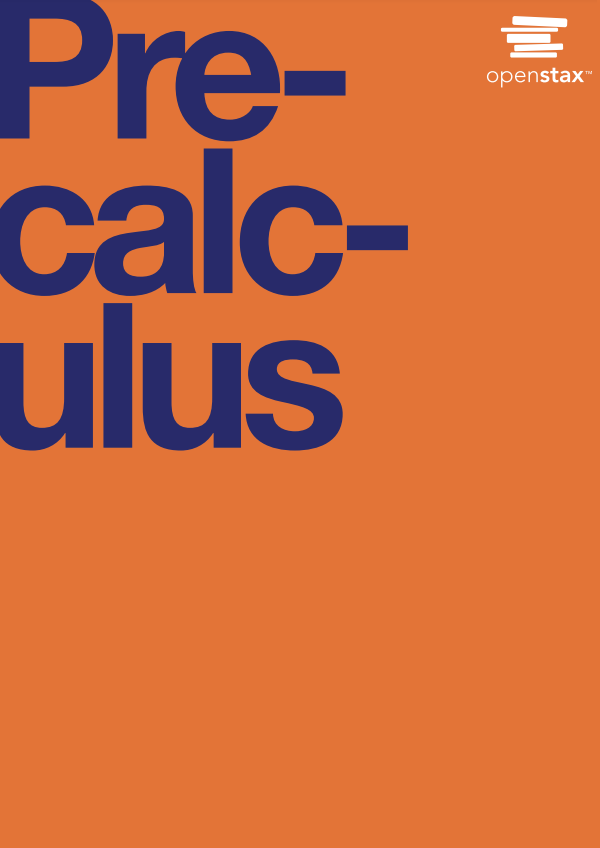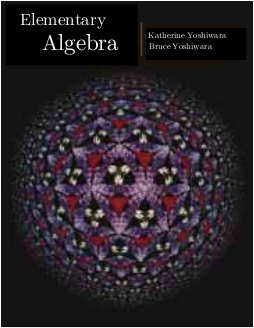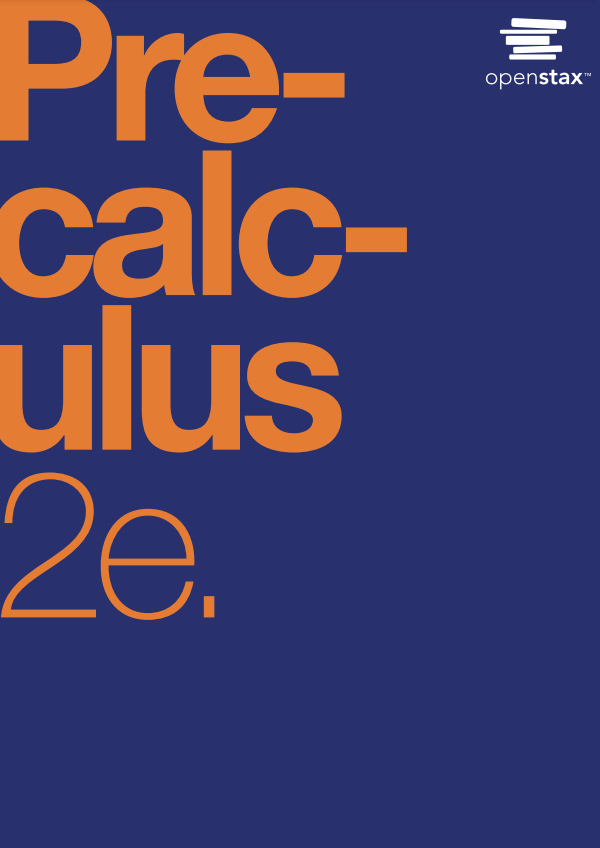This book consists of ten weeks of material given as a course on ordinary differential equations (ODEs) for second year mathematics majors at the University of Bristol. It is the first course devoted solely to differential equations that these students will take. This book consists of 10 chapters, and the course is 12 weeks long. Each chapter is covered in a week, and in the remaining two weeks I summarize the entire course. Students are very curious about the notion of chaos, and I have included some material in an appendix on that concept. The focus in that appendix is only to connect it with ideas that have been developed in this course related to ODEs and to prepare them for more advanced courses in dynamical systems and ergodic theory that are available in their third and fourth years.
When written as a first order vector equation the (vector) space of dependent variables is referred to as the phase space of the ODE. The ODE then has the geometric interpretation as a vector field on phase space. The structure of phase space, e.g. its dimension and geometry, can have a significant influence on the nature of solutions of ODEs. We will encounter ODEs defined on different types of phase space, and of different dimensions. Some examples are given in the following lists.
Existence of Solutions
Several natural questions arise when analyzing an ODE. ”Does the ODE have a solution?” ”Are solutions unique?” (And what does ”unique” mean?) The standard way of treating this in an ODE course is to ”prove a big theorem” about existence and uniqueness. Rather, than do that (you can find the proof in hundreds of books, as well as in many sites on the internet), we will consider some examples that illustrate the main issues concerning what these questions mean, and afterwards we will describe sufficient conditions for an ODE to have a unique solution (and then consider what ”uniqueness” means). First, do ODEs have solutions? Not necessarily, as the following example shows.
In other words, a set is invariant (with respect to a flow) if you start in the set, and remain in the set, forever. If you think about it, it should be clear that invariant sets are sets of trajectories. Any single trajectory is an invariant set. The entire phase space is an invariant set. The most interesting cases are those ”in between”. Also, it should be clear that the union of any two invariant sets is also an invariant set (just apply the definition of invariant set to the union of two, or more, invariant sets).
There are certain situations where we will be interested in sets that are invariant only for positive time–positive invariant sets.
Concerning example 8, the three equilibrium points are invariant sets, as well as the closed intervals and [0, 1]. Are there other invariant sets?




